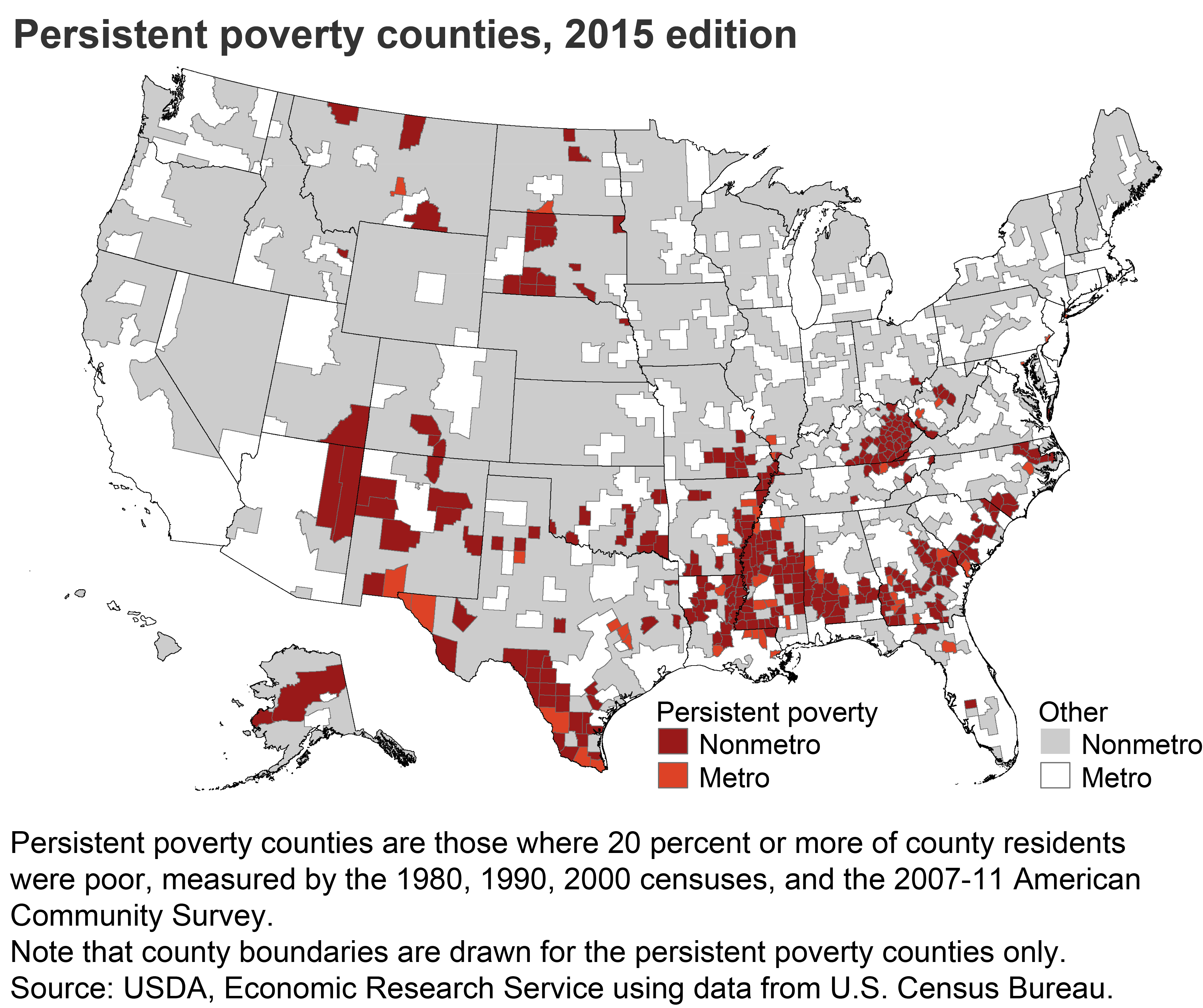
For nearly eight years, this Administration has been guided by the belief that Federal investments should build ladders of opportunity that ensure a child’s zip code doesn’t determine her future. With few new funds from Congress to invest in high-need communities, one thing this Administration has focused on is how to work smarter and ensure that federal investments reach the people and places who most need them. Experience shows that management strategies--such as empowering staff, providing data driven tools, setting goals, and holding staff accountable---can drive economic development and ensure our investments reach the people and places that will benefit most from our investments.

Across the country, we see the impact of smart, strategic Federal investments coupled with local leadership and vision. For example, in southeast Kentucky, where poverty rates exceed 30 percent and changes in the coal industry and power sector have left too many without jobs, local leaders sought to introduce high-speed Internet that could connect residents to jobs in any industry, anywhere in the world. Today, thanks to bold local leadership and financial support from USDA Rural Development and other Federal and private sector partners, southeastern Kentucky boasts one of the nation’s fastest broadband networks and an increasingly diversified economy. Coal miners are learning to code and becoming full-time IT developers; a new telework program has expanded job opportunities for people with transportation and other challenges; and a comprehensive telehealth system brings world-class medical specialists to even the most remote rural communities.
Over the course of this Administration, we have sought to do more for places like southeastern Kentucky, in part by fostering engagement at the local level and driving investments to high-poverty areas where families and communities may not have access to affordable capital. USDA’s Rural Development agency supports community economic development in rural America through transformational investments in housing, small businesses, and water, electric and communications infrastructure. Several years ago, an internal assessment found that in many cases, it was communities’ familiarity with Federal programs and grant writing—and not poverty rate or demonstrated need—that determined the success or failure of loan and grant applications. For many high-need rural communities, where capacity is stretched and local expertise may be lacking, that translated to years of disinvestment.
Recognizing that investments could be made more strategically, the USDA took a series of management actions to increase the share of investments made in high-need communities. These modest steps offer one model for how Federal programs can better support areas that have experienced persistent, concentrated poverty.
Focusing resources where they are needed most. With limited resources, Rural Development made a strategic decision to drive resources to our nation’s highest-need places. This approach wasn’t new, but rather aligned with discussion among Democrats and Republicans in Congress on where such efforts may be focused. For example, Rep. James Clyburn supports a “10-20-30” approach, which calls for at least 10 percent of funds from a selected set of Federal programs to be to be allocated to counties experiencing poverty rates of 20 percent or more over the last 30 years. USDA opted to target communities at a more granular, Census-tract level, to ensure that small pockets of deep poverty within larger counties were targeted for investment as well. Additionally, the Agency expanded the scope of the effort to include not only communities with persistently high rates of poverty, but also Indian Country and places that have more recently experienced economic hardship.
Empowering staff and providing new digital tools. USDA encouraged field staff to increase proactive engagement in remote and highest-need communities, rather than passively relying on only those applicants who seek out Federal assistance. For some, this meant spending more time in the field or building relationships in remote parts of the state. To support these efforts, USDA created new training on working with lower-capacity communities, and made available tools like customizable digital maps, so that staff could visualize high-poverty areas and target their outreach accordingly.
Prioritizing applications from high-need communities. To help high-need communities stay competitive with more affluent, high-capacity applicants, Rural Development gave priority consideration to high-quality applications based in or serving high-poverty communities when scoring applications for federal assistance.
Setting goals and holding staff accountable. To focus staff attention and chart progress, Rural Development set year-over-year national goals and States set tailored, annual goals for the portion of investments invested in high-poverty census tracts. Recognizing the importance of data-driven feedback, USDA regularly provided staff with poverty targeting “scorecards,” outlining the share of resources directed to high-poverty communities. Managers in turn used the data to celebrate successes and identify programs and geographic areas where there were opportunities for improvement.
In just three years, Rural Development has seen remarkable success. Since launching these data and performance reforms, the share of Rural Development investments in high-poverty areas has increased year-over-year; over three years, Rural Development invested $2.5 billion more in high-poverty areas than likely would have been the case absent the focused effort.
Percent USDA Rural Development Resources[1]
Invested in High Poverty Areas, FY 2013-2016

In southeast Kentucky and countless communities across the country, we have seen the impact of smart, strategic investment. USDA Rural Development offers just one example of how a Federal agency can more strategically deploy resources to the highest-need communities in partnership with local leaders in high-need communities. Building on these lessons, the Federal Government can more effectively target its investments and ensure that every dollar is maximized to deliver outcomes and create opportunity for families and communities.
Katharine Ferguson is a Special Assistant to the President and Chief of Staff of the White House Domestic Policy Council
[1] Refers to all USDA Rural Development programs with exception of programs that are deployed out of the national office and therefore cannot be targeted by field-based staff. These programs include the Rural Utilities Service telecom, broadband, and electric programs, and the Rural Housing Service Rental Assistance Program.

